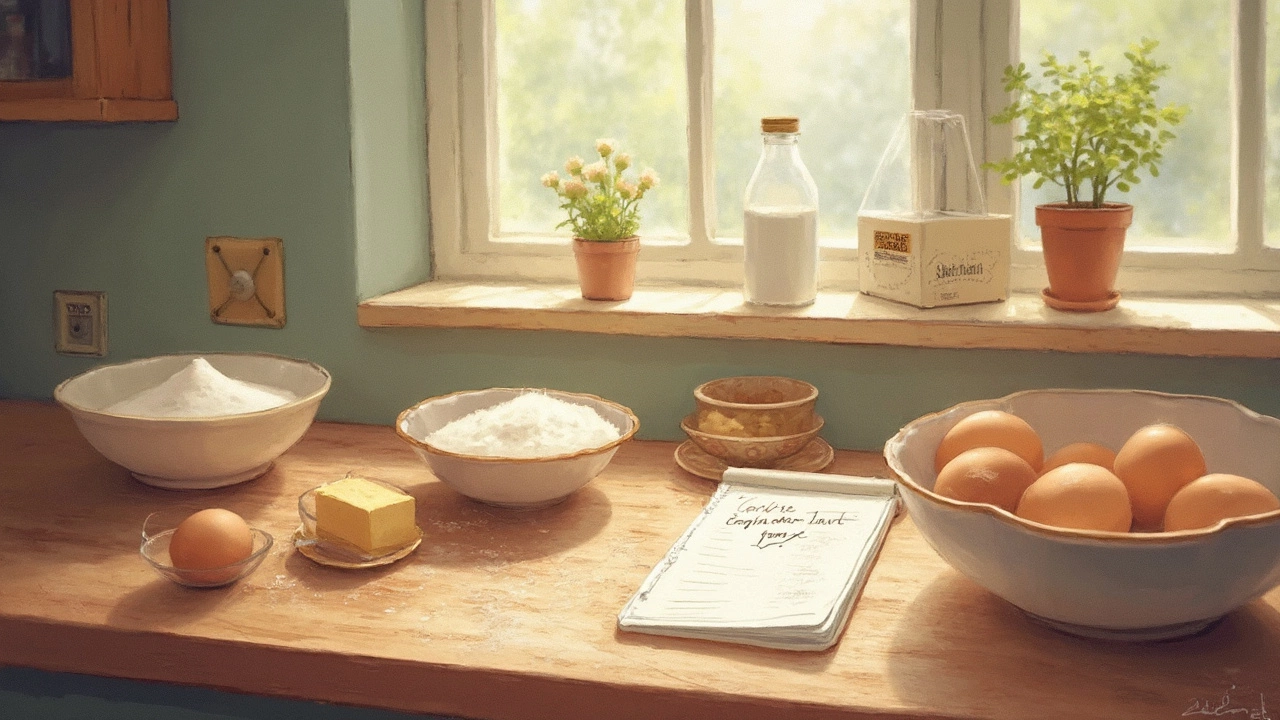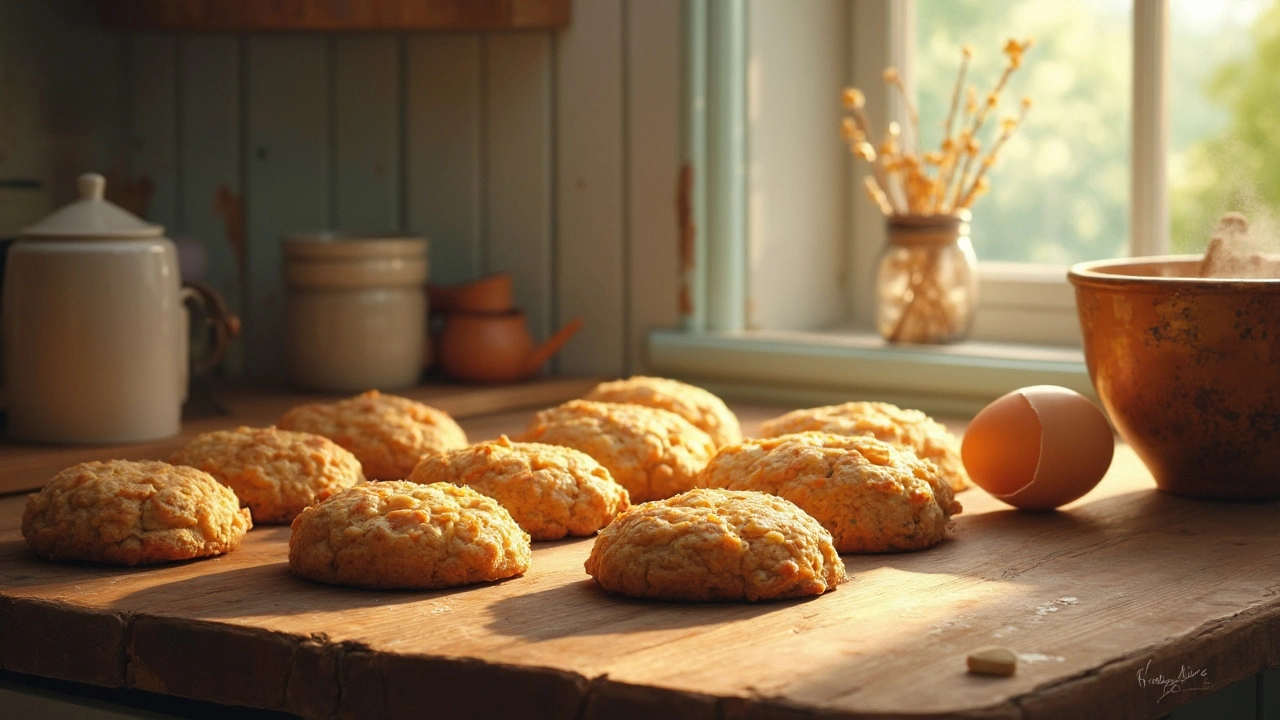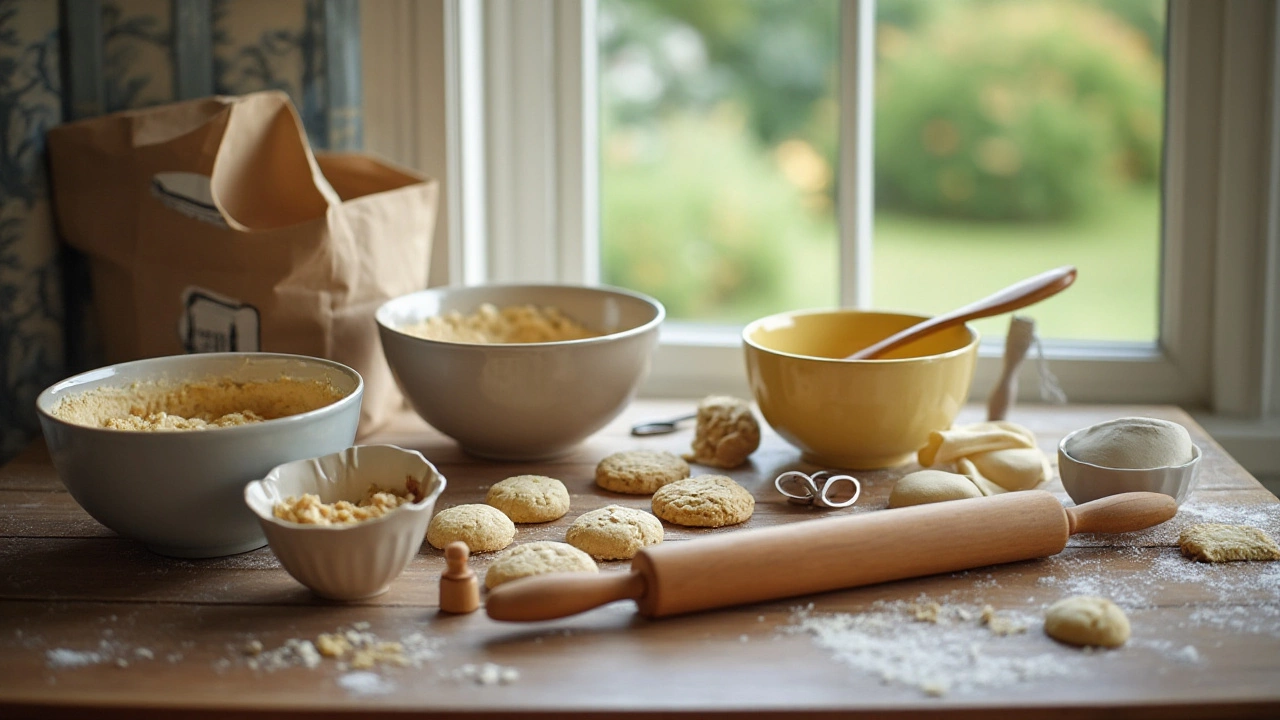Cookies – Simple Tricks for Better Batches
If you love a fresh, warm cookie straight from the oven, you’re in the right place. Below are the most useful tips that actually change the way your cookies turn out. No fancy equipment, just a few easy steps you can start using today.
Chill the Dough – Why and How Long?
Many bakers skip the rest period and wonder why their cookies spread too thin or taste flat. Resting the dough in the fridge does two things: it lets the flour absorb the liquid and it firms up the fat. That means the cookie holds its shape longer and develops a richer flavor.
For most drop‑cookie recipes, 30 minutes is enough. If you’re planning ahead, you can chill the dough up to 48 hours – the flavors actually improve. Just cover the bowl tightly so the dough doesn’t dry out.
Fluffy vs. Chewy – Pick Your Texture
Fluffy cookies come from a few key changes: use more baking powder than baking soda, add a touch of extra cream or milk, and don't over‑mix the batter. The extra lift creates a soft, cake‑like crumb.
If you prefer chewy, keep the dough a bit wetter, use brown sugar for moisture, and bake a minute or two less than the recipe says. The center stays gooey while the edges crisp.
Another common question is oil versus butter. Butter gives a classic flavor and a slightly crisp edge, while oil leads to a softer, more tender bite. For a balanced cookie, try half butter and half oil – you’ll get flavor plus a nice chew.
Skipping sugar isn’t a good idea unless you’re doing a specific sugar‑free recipe. Sugar not only sweetens; it also helps with spread and browning. If you need to reduce sugar, replace half with a natural sweetener like maple syrup, but remember the extra liquid may need a tiny bit more flour.
Finally, remember three basic rules: preheat your oven, use a reliable timer, and let cookies cool on the sheet for a minute before moving them to a rack. This short rest finishes the cooking process and prevents breakage.
Put these tips together, and you’ll see a big boost in taste and texture. Whether you’re making chocolate chip, oatmeal, or a new experiment, a little planning goes a long way. Happy baking!





